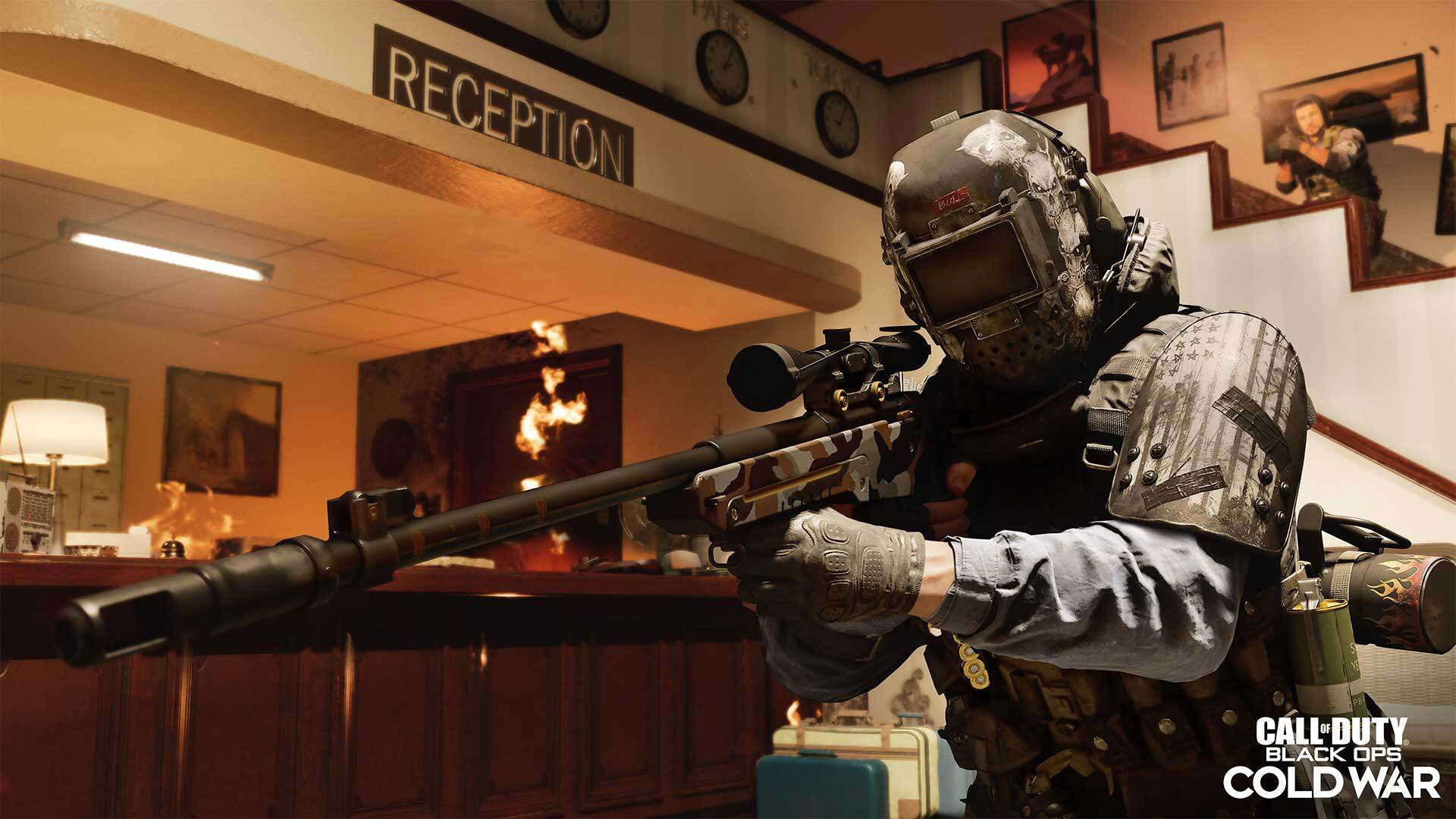

The center of the crosshairs, where the vertical and horizontal lines meet, is marked as the 300m zero, and the vertical line is slightly canted to compensate for the scope being mounted off to the side. There are vertical stadia lines from 0 to 1500m and horizontal stadia lines to compensate for wind. Because there was no windage or elevation adjustments, the reticle was a BDC style calibrated for the 6.5 cartridge. This was important because the scope did not have any elevation or windage adjustment capabilities so a mismatched scope and rifle were not zeroed. The scope for the Type 97 was serialized to match the rifle, and the rifle/scope combo came zeroed from the factory. The rifle was included a carry case for the scope so when it was not being used it could be removed and protected. The standard sights on the Type 97 rifle was a ladder style adjustable iron sights with a “V” notch granulated to 2200m. The internal 5-round box magazine could be loaded either by a 5-round stripper clip or individually. The Type 97 was a large rifle with a very long 31.4″ (798mm) barrel and an overall length of 50″ (1.27m) and it weighed in at 8.6 lbs (3.9 kg).

Two of the main differences in the Type 38 infantry rifle and the Type 97 Sniper rifle was that the later model used a 2.5x scope, a turned down bolt handle, and the early models came with a bipod.Īs was common on sniper rifles during this period, the scope was mounted offset to the left of the receiver to allowed the rifle to be loaded using stripper clips, also known as a charger, and it also allowed the sniper to still be able to utilize the iron sights.

The Type 38 included many design elements from the legendary Mauser action and was a considerable improvement on their own Arisaka 1897 design. The Type 97 was based off the Meiji 38th Year (Type 38) infantry rifle and chambered in the 6.5x50mm Arisaka Cartridge. During the war, one of the rifles the Japanese snipers utilized was a sniper variant of the type 38 rifle called the Type 97. As tactics developed to counter the sniper threat and as the Japanese losses to their experienced sniper corps mounted, their effectiveness diminished, but their reputation had already been solidified. During these early phases of the war, the snipers from Japan were very effective gaining a reputation of exceptional fieldcraft and concealment capability. In the early phases of World War 2 when the American’s were first encountering the Japanese in the Pacific, nothing instilled more fear into the American GI than the Japanese sniper.


 0 kommentar(er)
0 kommentar(er)
